Neon tetra - Paracheirodon innesi
Scientific name: Paracheirodon innesi
Common name: Neon tetra
Family: Characidae
Usual size in fish tanks: 3 - 4 cm (1.18 - 1.57 inch)
014
Recommended pH range for the species: 5.5 - 7
Recommended water hardness (dGH): 0 - 18°N (0 - 321.43ppm)
0°C 32°F30°C 86°F
Recommended temperature: 20 - 25 °C (68 - 77°F)
The way how these fish reproduce: Spawning
Where the species comes from: South America
Temperament to its own species: peaceful
Temperament toward other fish species: peaceful
Usual place in the tank: Bottom levels
Food and Feeding
Neon Tetras (Paracheirodon innesi) are omnivores and thrive on a varied diet. They accept nearly all kinds of food, including high-quality flakes, granules, live, and frozen foods. To enhance their vibrant coloration, it's important to vary their diet regularly. Offer them quality flakes supplemented with meaty foods such as brine shrimp, daphnia, and bloodworms. This variety not only keeps them healthy but also brings out their bright red and blue hues. Since they are small and have tiny mouths, ensure the food is appropriately sized to prevent choking and encourage proper digestion.
Origin
Neon Tetras are native to the soft, acidic waterways of South America. They are primarily found in the blackwater regions of Brazil, Peru, and Colombia, where they inhabit both the black-water areas and occasionally the clear-water tributaries. These environments are typically rich in tannins, which give the water a slightly brownish color, and are filled with dense vegetation. Understanding their natural habitat helps aquarists recreate similar conditions in their aquariums, which is crucial for keeping these delicate fish healthy and stress-free.
Sexing
Sexing Neon Tetras can be a bit challenging due to their similar appearances. However, there are a couple of telltale signs to look for. Males tend to have a slimmer body shape and a completely straight blue line running along their body. In contrast, females are generally plumper, especially when carrying eggs, causing the blue line to appear slightly curved. These differences become more noticeable during the breeding season, making it easier to distinguish between the sexes at this time.
Breeding
Breeding Neon Tetras can be quite rewarding, but it requires replicating their natural habitat, particularly the conditions of the Amazon River during the rainy season. To induce spawning, perform a 50% water change using cooler water to simulate the seasonal rains. Separate the breeding pair into a dedicated tank with subdued lighting and soft, acidic water (pH around 5.5). After the eggs are laid, promptly remove the adults to prevent them from eating the eggs. The eggs will hatch in about 24 hours, and the fry become free-swimming within a few days. Provide the fry with infusoria or specially formulated fry food until they are large enough to accept newly hatched brine shrimp.
Lifespan
Neon Tetras are surprisingly long-lived for such small fish. With proper care, they can live for 5 to 8 years, sometimes even longer. This longevity is unusual among small fish species, making Neon Tetras a great option for aquarists looking for a small, yet long-term addition to their tank. To help them reach their full lifespan, maintain high water quality, provide a balanced diet, and create a stress-free environment.
Tank Setup and Environment
Neon Tetras thrive in a well-planted tank that mimics their natural habitat. A tank of at least 40 liters (10 gallons) is suitable for a small shoal, though larger tanks are preferable for maintaining stable water conditions. Use a dark substrate and add plenty of plants like Java Fern and Anubias to provide hiding spots and diffuse the light. This creates a more subdued environment that Neon Tetras prefer.
Maintain the water temperature between 20-25°C (68-77°F) with a pH range of 5.5-6.5 to keep them comfortable. Regular water changes are crucial to keep the water quality high. Neon Tetras are sensitive to fluctuations in water conditions, so it's essential to monitor the tank parameters closely. Additionally, use a gentle filtration system to avoid strong currents, as they are not strong swimmers.
Compatibility and Tank Mates
Neon Tetras are peaceful and social fish, making them an excellent choice for community tanks. They do best when kept in groups of at least six, as they are natural shoalers and feel more secure when surrounded by their kind. Suitable tank mates include other small, non-aggressive species like Guppies, Honey Gouramis, and Harlequin Rasboras. Avoid keeping them with larger, predatory fish such as Angelfish or Oscars, as Neon Tetras may be seen as food rather than companions.
Short Description
Neon Tetras (Paracheirodon innesi) are small, vibrant fish known for their striking blue and red stripes. Peaceful and active, they are a favorite among aquarists for their shoaling behavior and stunning coloration. Native to South America, they thrive in soft, acidic waters with plenty of plants. Although they are relatively hardy, they require stable water conditions and a well-maintained environment to flourish. Suitable for both beginner and experienced aquarists, Neon Tetras bring a splash of color and dynamic movement to any community aquarium.
Pictures
Thanks to halkor who has allowed us to use the pictures. Also thanks to Mihail of Romania! Other pictures were bought by aqua-fish.net from jjphoto.dk.















 Bloodfin
Bloodfin  Bloodfin
Bloodfin 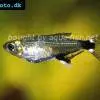 Panda
Panda 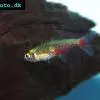 Green
Green 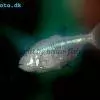 Blind
Blind 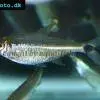 Kennedy
Kennedy  Blue
Blue 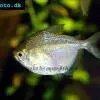 Discus
Discus  Pink
Pink  Bucktoothed
Bucktoothed 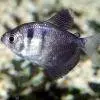 Black
Black 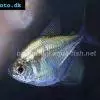 False
False 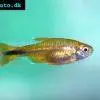 Silver
Silver  Hemigrammus
Hemigrammus 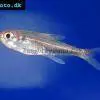 Dash-dot
Dash-dot 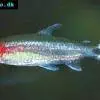 Rummy
Rummy 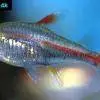 Glowlight
Glowlight 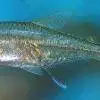 January
January 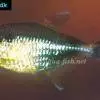 Head
Head  Garnet
Garnet 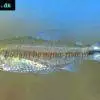 Rummy
Rummy 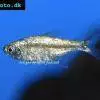 Gold
Gold  Red
Red  Ember
Ember  Buenos
Buenos 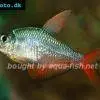 Colombian
Colombian 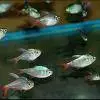 Columbian
Columbian  Bleeding
Bleeding 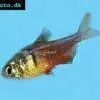 Flame
Flame  Georgett’s
Georgett’s 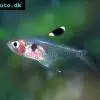 Griems
Griems 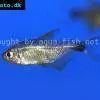 Kitty
Kitty  Black
Black 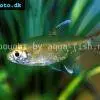 Firefin
Firefin  Loreto
Loreto 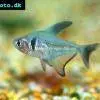 Black
Black  Lemon
Lemon  Redback
Redback 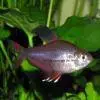 Rosy
Rosy 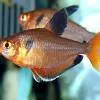 Serpae
Serpae  Savanna
Savanna  Red
Red  Blue
Blue 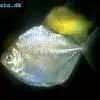 Silver
Silver 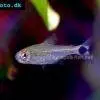 Ceros
Ceros 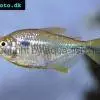 Napo
Napo  Diamond
Diamond  Red
Red 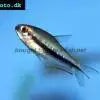 Rainbow
Rainbow  Emperor
Emperor 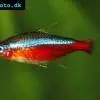 Cardinal
Cardinal 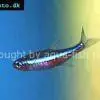 Green
Green 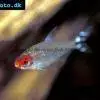 False
False  Glass
Glass  X-ray
X-ray 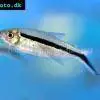 Penguin
Penguin